I blind bought Ola after Tanchjim released its frequency response graph. Was it a good idea? Here are my initial impressions.
tl;dr: mid-focused IEM with exceptional stereo imaging. Recommended for anime OST and gaming.
Unboxing


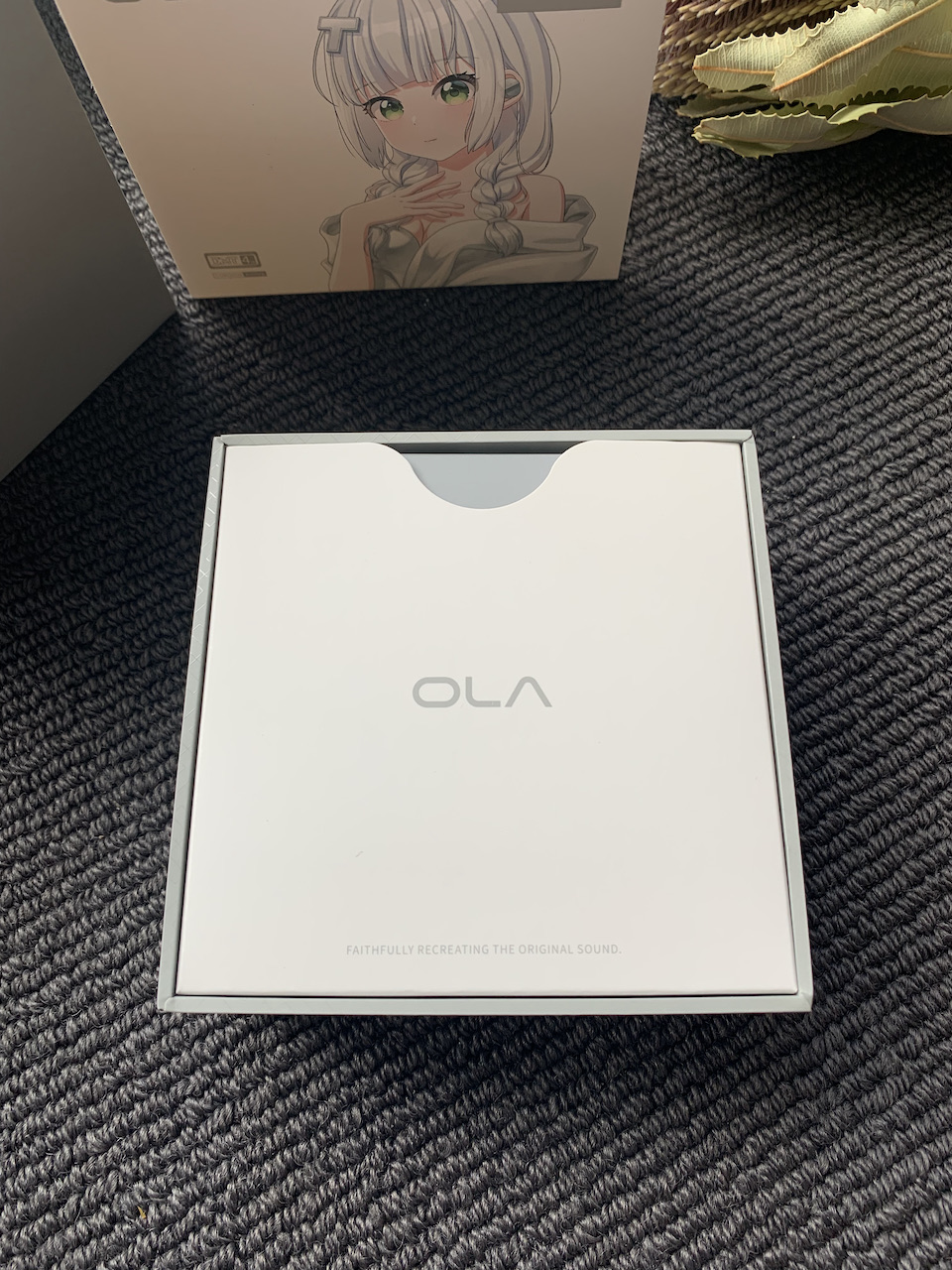
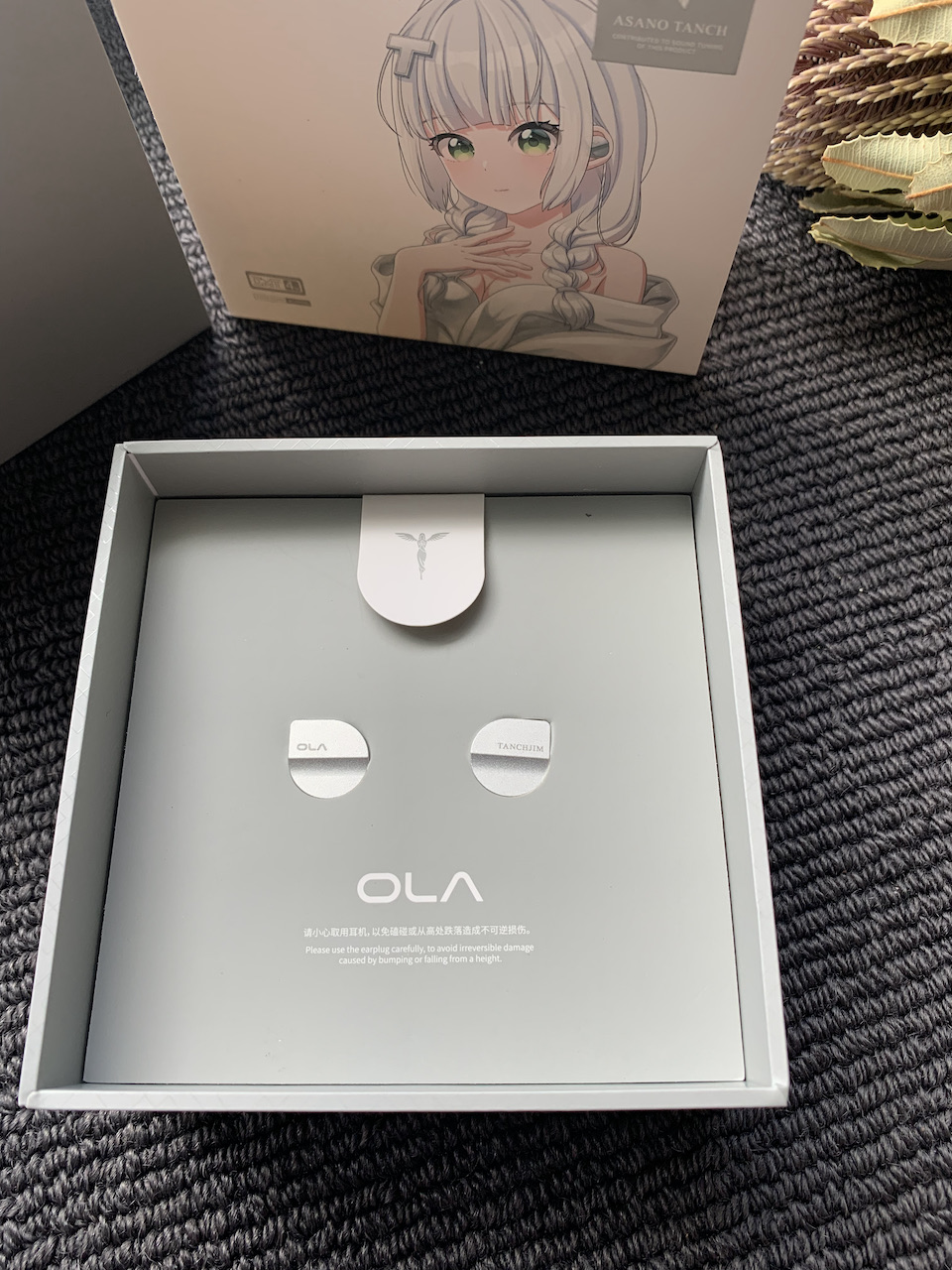

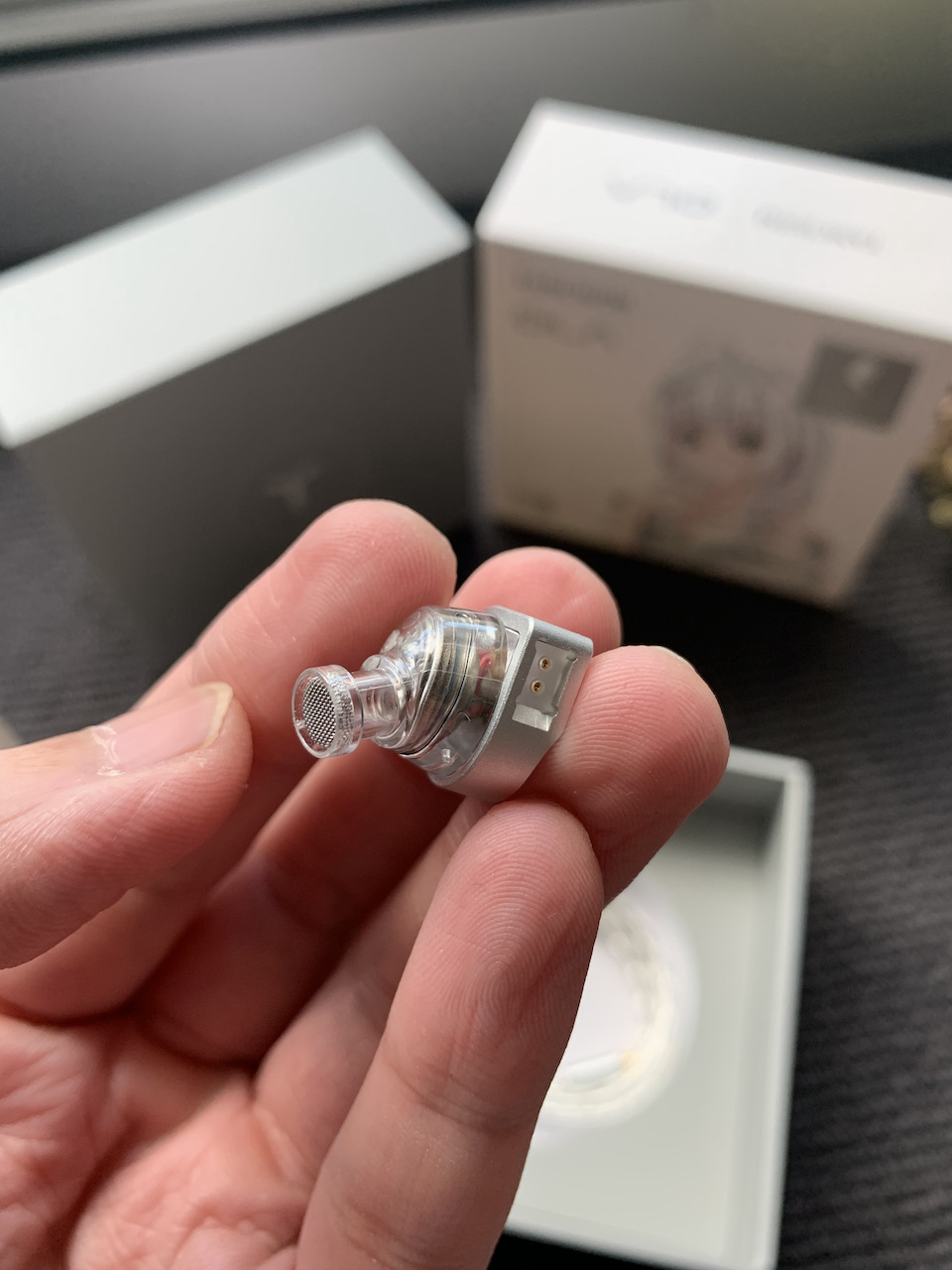
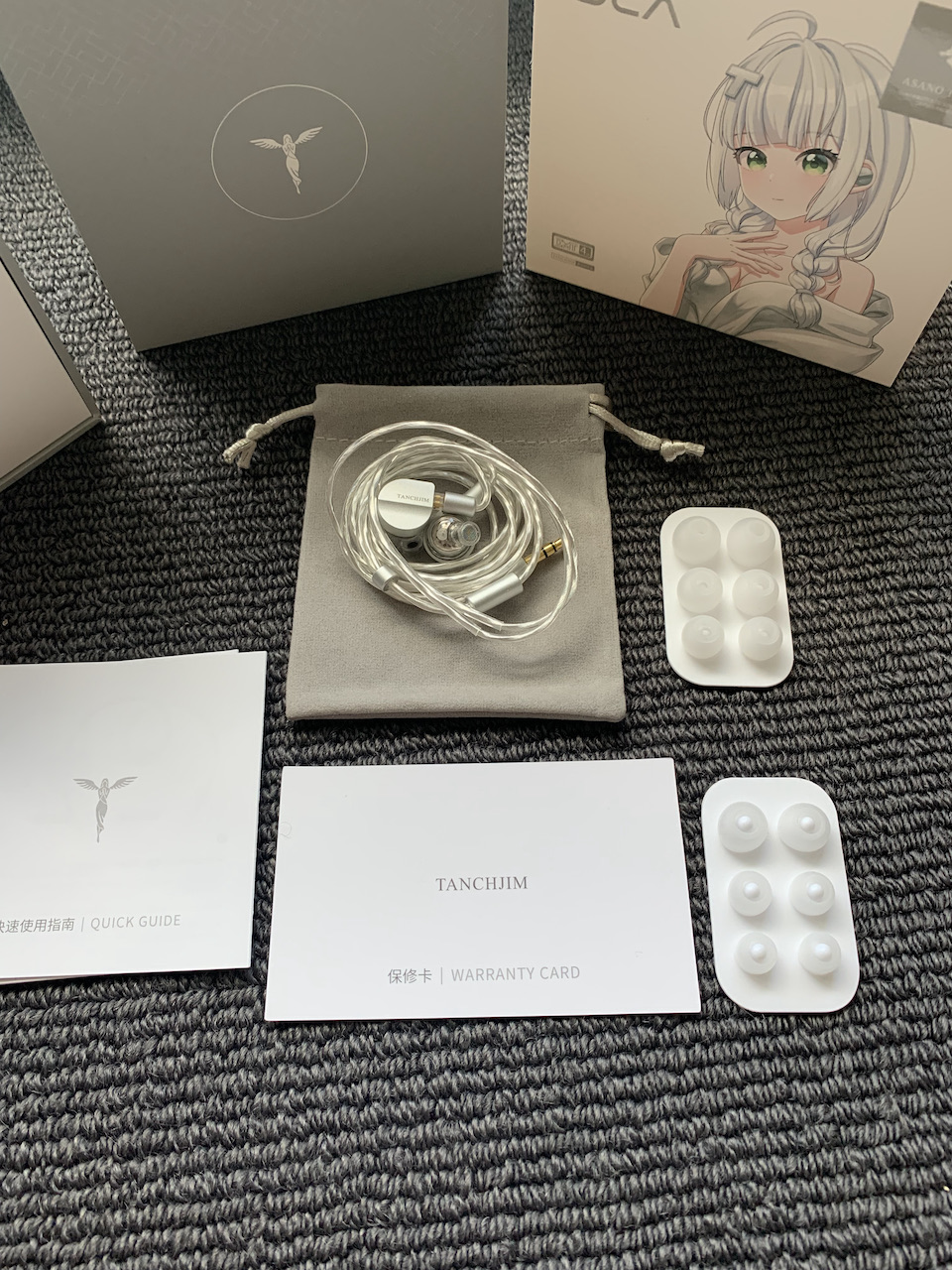
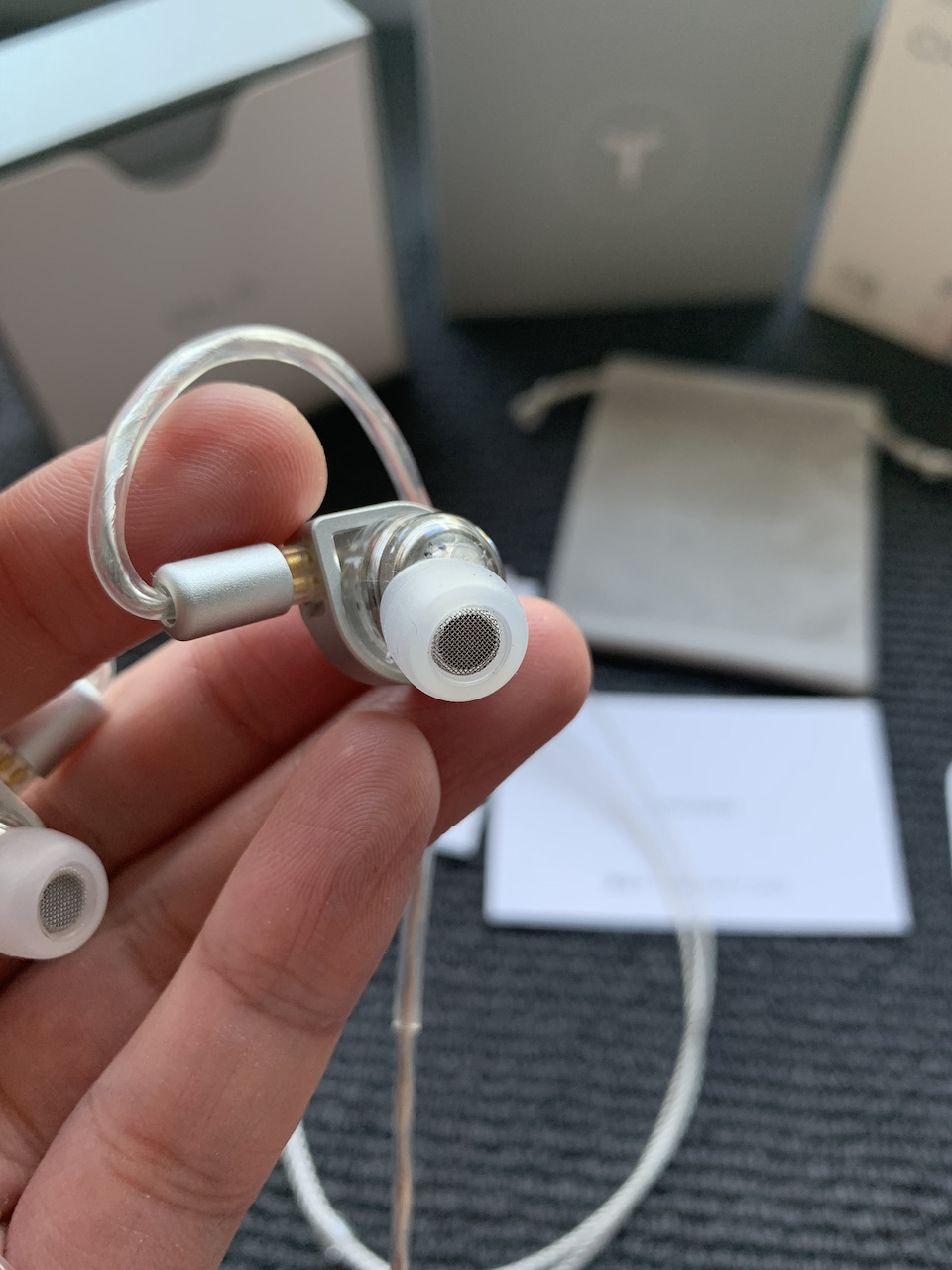
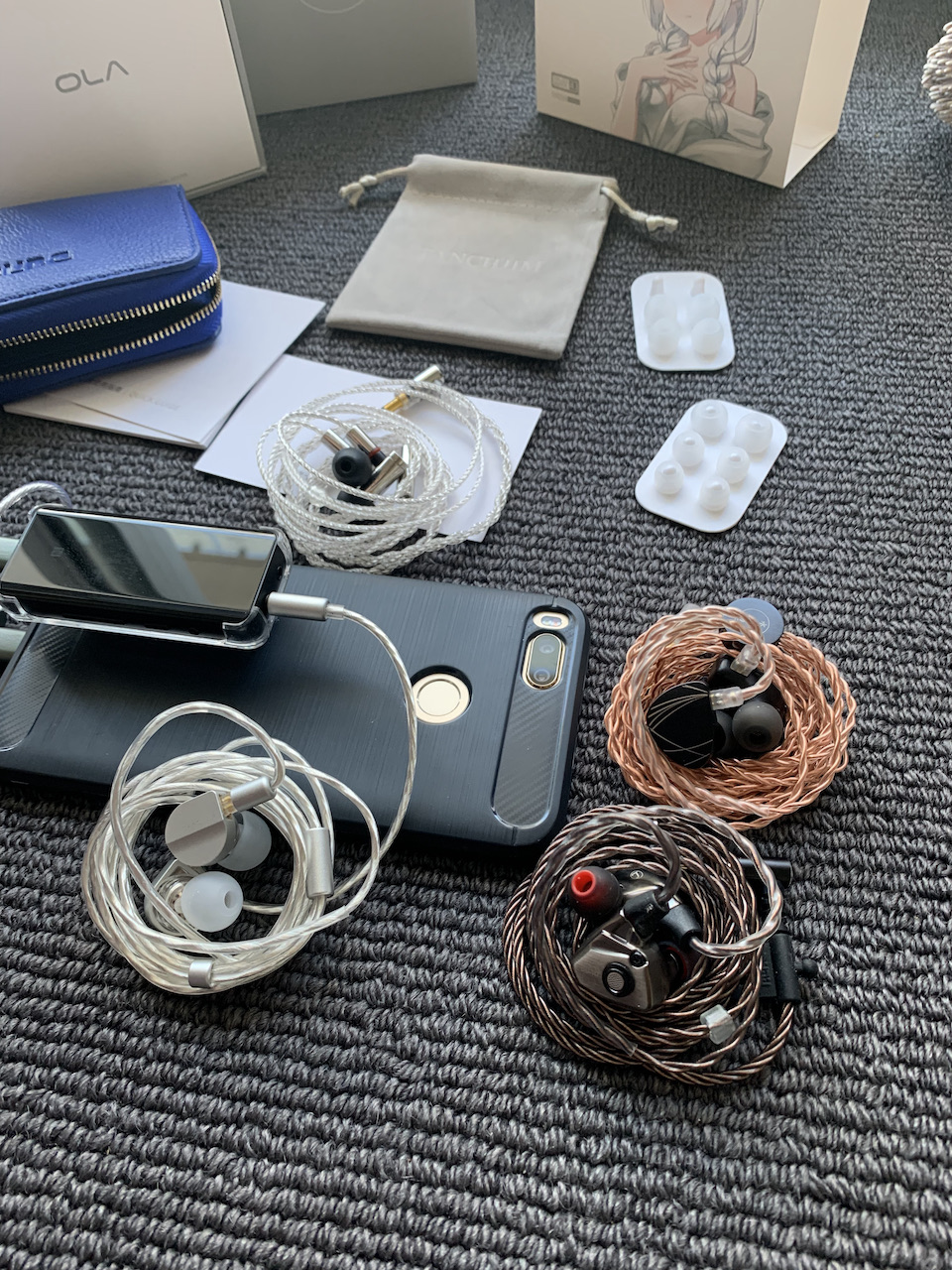
Why Tanchjim Ola?
- Manufacturer’s graph suggests a matured tuning that balances frequencies rather than the usual “neutral” tuning (subbass shelf - cut upper bass - forward upper-mid)
- I’m curious about their Tanchjim’s claim of tuning for imaging accuracy
- I have never tried anything from Tanchjim
- I need a sub $50 recommendation
Impressions
Imaging and soundstage
Let’s start with the stereo imaging: Ola is actually good. It’s one of the IEMs that can produce a sense of depth, meaning elements in the mix can be layered from closer to further away rather than existing on a flat plane. Because of this depth, Ola manages to produce a 3D soundstage, making it quite good for any type of music that has been recorded and mixed with layering and distance in mind. The same cannot be said for some well known IEMs in this price range.
Ola is also great for gaming. In my usual test, Saint Rows 3 on Switch, I can reliably pin point gun shot and sirens direction without looking at the radar. If you are looking for a cheap pair of gaming IEMs, I can recommend this one without reservation.
Tonality, detail, percussion control
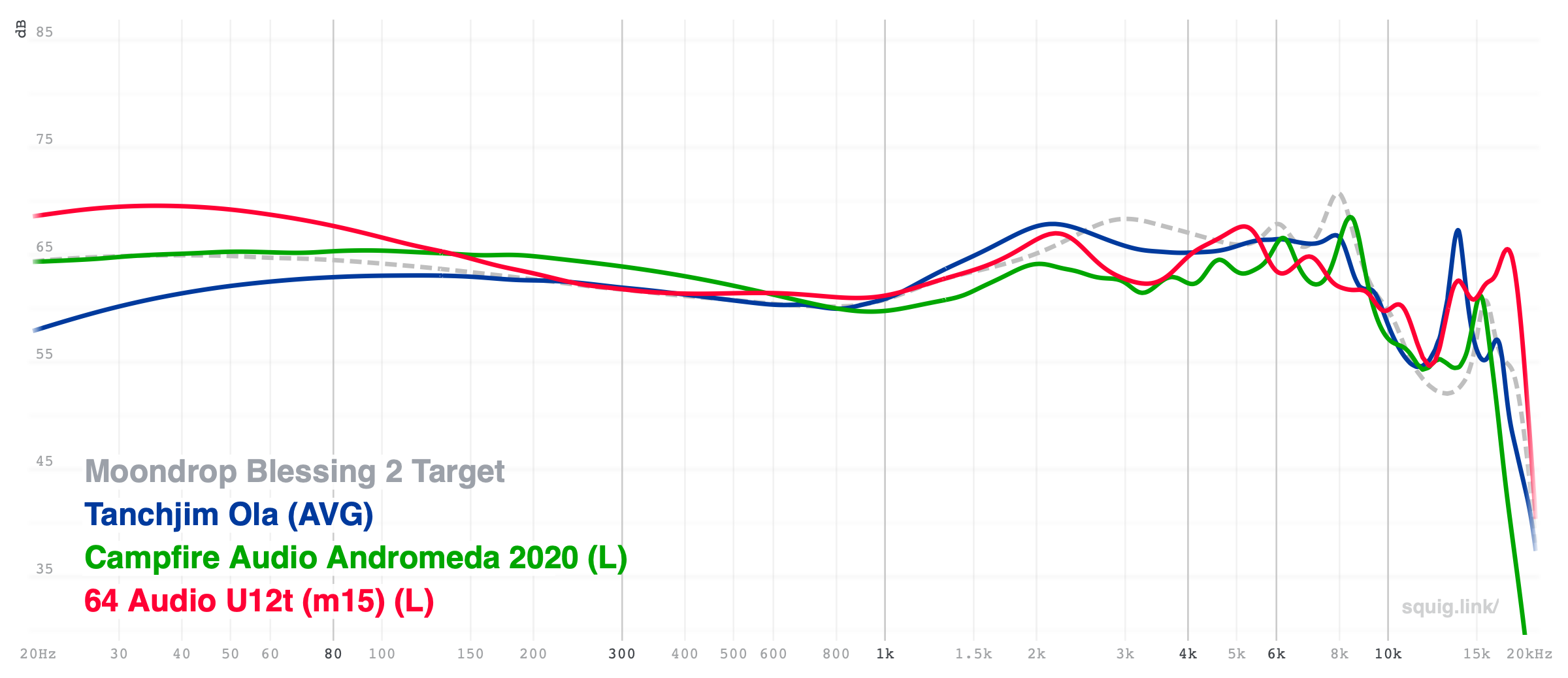 Frequency response graph, courtesy of Super* Review at Squig.Link
Frequency response graph, courtesy of Super* Review at Squig.Link
Did Ola achieve the matured tuning that I hoped for? Not quite. The contrast between upper mid and lower-mid is quite high comparing to the manufacturer’s graph, meaning vocals and instruments are more “in-your-face” but not full-bodied like Final E series, 64 Audio or Andromeda 2020. The pros of this tuning is that it reveals more details in the focal elements of the mix (voice, guitar, etc.). The cons of this tuning is that the loud upper mid can cause some instruments to mask others in orchestral music. In general, this tuning somewhat reminds me of Dunu Titan S, meaning it is inoffensive and good for most people.
Percussion control is quite decent. Ola has no trouble catching up my orchestral test tracks with fast drum. The cons is that the bass quantity is not high, hiding some low-frequency details. I would not recommend Ola for EDM. Bass drops are just not that fun, even comparing to full-BA bass like Andromeda.
Non-sound aspect
The packaging is excellent. It’s not luxurious nor extremely generous (like Dunu), but everything is laid out with care and attention. If this is the first IEM that I have after saving for a while, I would be very happy when opening the box. I like the inclusion of wide-bore tips, similarly to the ones packed with CFA and 64 Audio IEMs. However, I don’t think Ola needs any more treble.
The IEMs themselves are surprisingly small because there is no empty space around the driver like Final A4000, Moondrop Aria, or Dunu Titan S. Isolation is below average. There can be driver flex sometimes.
